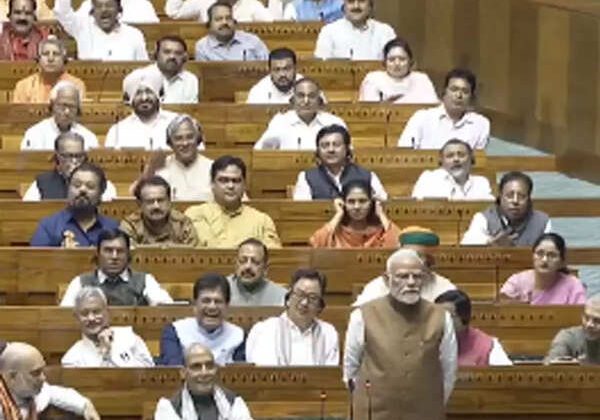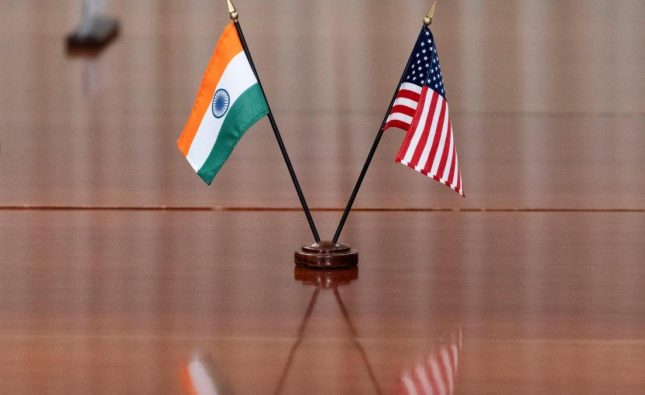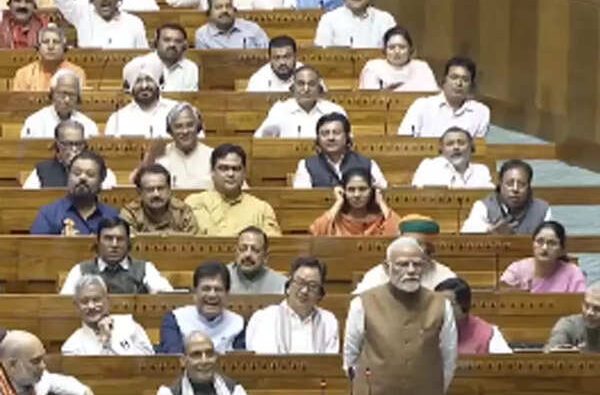
By Kunal Khattar
The signs of India’s rapid progress are hard to miss – from smart cities and industrial corridors, to an uber-efficient network of highways and metros. With a GDP growth projected to exceed 6.5% in FY26, India is the fastest-growing large economy. But with the threat of climate change, progress should not come at the cost of the environment, neither should it exclude anyone. As we embark on the quest to achieve Viksit Bharat by 2047, the need to focus on sustainability is greater than ever before.
India’s economic growth
With rising incomes and urbanisation, India’s consumer market is expected to be the world’s second largest by 2030. As this market evolves, high-tech solutions will be much sought-after. The Indian mobility market, for instance, is set to double by 2030, exceeding $600 billion.
India’s manufacturing sector, contributing 17% to GDP, is poised to reach $1 trillion by FY26. With policies such as the Rs 1.97 trillion Production-linked Incentive (PLI) scheme, our domestic manufacturing capabilities have increased manifold. By incentivising industries like large-scale electronics, IT hardware, drones, solar components, and automobiles, PLI is contributing to India’s mobility infrastructure.
Shifts in these sectors will result in a surge in India’s energy needs. As per the International Energy Agency (IEA), India’s oil demand is projected to rise by 1.3 million barrels per day (MBPD) by 2030. The dependence on oil imports presents a strong case in favour of pursuing e-mobility goals. Therefore, creating an environment conducive to mobility innovation – through infrastructure or logistics corridors – can protect the country from future global supply chain disruptions such as oil shortages.
India’s young workforce
India has the world’s largest youth population (65% below the age of 35), comprising digital natives who can be trained to tackle geographic challenges unique to India.
Strategic investment
Mobility innovation is a route towards a smart future, but there are hurdles. Tackling these cannot be the job of the government alone. Public-private collaboration is the key to accelerating innovation. A positive outcome could be an increase in R&D investment. The gross expenditure on R&D in India is 0.64% of the country’s GDP, with the private sector funding only 36% of R&D – private sectors in China, Japan, South Korea, and the US contribute over 70% of their total national R&D expenditure.
As a burgeoning manufacturing hub, India’s mobility innovations can help strengthen its position in global value chains. Signing FTAs with more countries and diversifying exports to Africa and Latin America can lead to growth opportunities.
Attracting FDI, particularly in high-tech sectors such as electric mobility, AI, and clean energy, will be key to India’s economic journey. Doing so will also democratise technology access and drive inclusive growth. We are on the right track – gross FDI inflows rose to $55.6 billion during April-November FY25, marking a 17.9% increase.
With the right ingredients – favourable demographics, government policies, tech advancements, and a robust mobility ecosystem – and the right intention, we can achieve Viksit Bharat by 2047.
The author is founding partner, AdvantEdge Founders.
Disclaimer: Views expressed are personal and do not reflect the official position or policy of FinancialExpress.com. Reproducing this content without permission is prohibited.











